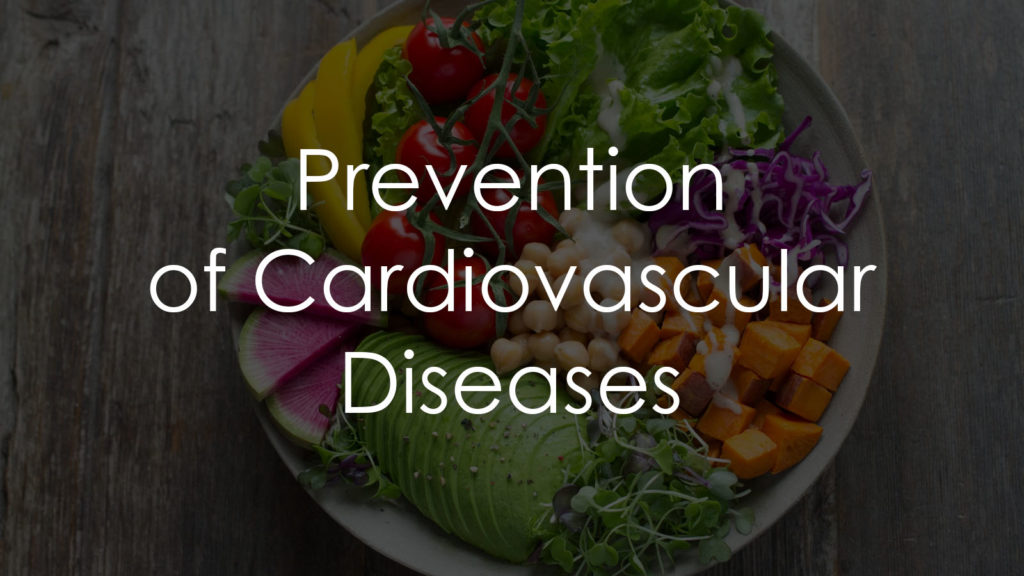Cardiovascular diseases (CVDs) remain a leading cause of morbidity and mortality worldwide. However, many cases of CVDs can be prevented through lifestyle modifications and preventive measures. In this article, we will delve into the key aspects of preventing cardiovascular diseases and what everyone should know about maintaining heart health.

Understanding Cardiovascular Diseases:
Cardiovascular diseases encompass a range of conditions that affect the heart and blood vessels. These include coronary artery disease (CAD), hypertension (high blood pressure), stroke, heart failure, and peripheral artery disease (PAD). Risk factors for CVDs include smoking, unhealthy diet, physical inactivity, excessive alcohol consumption, obesity, high cholesterol, diabetes, and family history of heart disease.
Key Strategies for Prevention:
- Healthy Diet: Adopting a heart-healthy diet is essential for preventing CVDs. Focus on consuming a variety of fruits, vegetables, whole grains, lean proteins, and healthy fats while limiting intake of saturated and trans fats, sodium, and added sugars. The Mediterranean diet, rich in fruits, vegetables, nuts, olive oil, and fish, has been associated with a reduced risk of CVDs.
- Regular Exercise: Engaging in regular physical activity is crucial for maintaining cardiovascular health. Aim for at least 150 minutes of moderate-intensity aerobic exercise or 75 minutes of vigorous-intensity exercise per week, along with muscle-strengthening activities on two or more days per week. Incorporate activities you enjoy, such as walking, swimming, cycling, or dancing, to make exercise a sustainable habit.
- Tobacco Cessation: Quitting smoking and avoiding exposure to secondhand smoke are paramount for preventing CVDs. Smoking damages blood vessels, increases blood pressure, reduces oxygen levels in the blood, and raises the risk of blood clots, heart attacks, and strokes. Seek support from healthcare professionals, smoking cessation programs, or support groups to quit smoking successfully.
- Maintain a Healthy Weight: Maintaining a healthy weight is vital for reducing the risk of CVDs. Excess weight, particularly around the abdomen, increases the likelihood of developing hypertension, diabetes, and high cholesterol, all of which contribute to heart disease. Adopting a balanced diet and staying physically active can help achieve and maintain a healthy weight.
- Manage Stress: Chronic stress can have adverse effects on cardiovascular health. Practice stress-reduction techniques such as deep breathing, meditation, yoga, or engaging in hobbies and activities that promote relaxation. Building a strong support network and seeking professional help when needed can also mitigate the impact of stress on heart health.
- Regular Health Check-ups: Regular health check-ups and screenings are essential for early detection and management of risk factors for CVDs. Monitor blood pressure, cholesterol levels, blood glucose, and weight regularly, and discuss any concerns with a healthcare provider. Follow recommended guidelines for vaccinations, such as flu and pneumonia vaccines, to protect overall health.
Conclusion
Preventing cardiovascular diseases requires a multifaceted approach that encompasses healthy lifestyle choices, regular physical activity, and proactive management of risk factors. By adopting heart-healthy habits and staying informed about preventive measures, individuals can significantly reduce their risk of developing CVDs and enjoy a longer, healthier life. Remember, small changes can make a big difference when it comes to heart health.